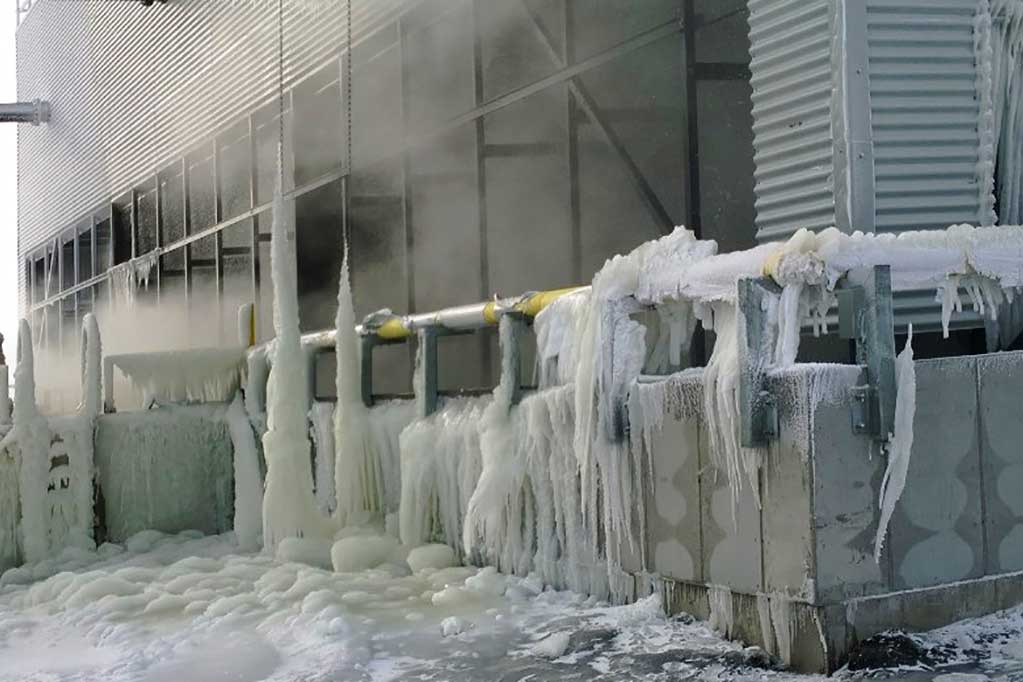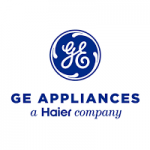
In climates that experience below freezing temperatures, it is important to be aware of proper freeze protection for process and HVAC systems.
The main difference between the two glycols is that ethylene glycol (EG) is toxic while propylene glycol (PG) is non-toxic and can be purchased in a food grade version in addition to the technical/industrial grade. Another difference is that PG has higher viscosity than EG, which means PG could be less efficient than EG, especially at lower temperatures. PG is also more expensive than EG. PG is mainly used in Heating, Ventilation and Air Conditioning (HVAC) as well as food and pharmaceutical process cooling applications, whereas EG is predominantly used in automotive antifreeze/coolant formulations.
The easiest way to determine if something needs to be done with the glycol is to check the pH of the fluid. Normally the pH should be above 8.0, but if it drops below that you should have it tested professionally and adjusted, or change the fluid completely. In addition, if you observe severe corrosion (particulates in the fluid) in the interior of the cooling loop then a thorough testing of the fluid is necessary. GWT can recommend any adjustment or change-out of the fluid.
No. When glycols are manufactured they are clear and mostly colorless. The color in a glycol is added for leak detection. Color does not indicate the type of product in the system. The other issue with color is that over time the glycol will change color to darker brown, so the original color may not be apparent.
This is a difficult question to answer because of the range of different variables that determine the longevity of the coolant. Temperature range, materials of construction, and fluid maintenance are all factors. GWT’s customers have systems where the glycol has lasted for more than 15 years. In certain very high temp systems (> 300°F), the glycol may last only a few years. The pH and the inhibitor concentration or reserve alkalinity must be maintained for a glycol to have a prolonged life.
It is always good to have a filtration system (in-line or slip-stream) in the heat transfer fluid circulating loop. Fluids over time accumulate debris, corrosion products, and precipitates due to contamination, system corrosion or fluid degradation. If the fluid is not filtered then it may lead to system clogging, reduction in heat transfer rate, and excessive corrosion.
When using glycol/water mixtures it is important to consider how cold the fluid will get, but it is also equally important to consider how the fluid will be used at that temperature. Will the fluid be stagnant or will it be circulated? Is the glycol for winterization? These questions ultimately affect the mixture ratio of the glycol. For example if a coolant loop or system is being winterized and temperatures will fall down to -10°F at the lowest, a mixture of 30% propylene glycol to 70% water will be enough to protect the system. 30% propylene glycol has a freeze point of 8°F but the burst point is -18°F. This system will be protected but the coolant will be slushy. By definition, freeze point is the temperature where ice crystals begin to form. The fluid will become slushy but will not expand. The burst point of a fluid is the temperature where the fluid will freeze solid, expand, and break pipes or damage other parts of the equipment.
Inhibitors or corrosion inhibitors have multiple functions in a water-based fluid. The main purpose of the inhibitor is to stop the metallic parts in a system from corroding. The second function of the inhibitor is to extend the life of the coolant itself. Glycol based coolants will degrade over time to acids. The presence of the inhibitors helps to slow that degradation. Even if you have a stainless steel or non-metallic system you should consider using an inhibitor to protect the fluid. The only time GWT recommends not using an inhibitor is when there is galvanized (zinc coated) piping or parts in the coolant loop and when zinc coating is in contact with the fluid. GWT inhibitor is GWT-3100 or CST-4004H and will be added as needed.
Freezing point and burst point of a glycol heat transfer fluid depend on the vol.% of the glycol in the solution. The vol.% can be measured using a hand-held refractometer. The following table provides the freezing and the burst points for different vol.% of the glycols:
- Common Winterization Procedures
- System drain down – This process involves draining liquid from at risk components of the system and purging with air. This method is less than ideal as it exposes surface area to untreated conditions, wastes water/treatment, introduces make up water, and presents many other water related issues. However, conditions might arise that require the use of this procedure.
- Glycol rinse/flush – This process involves rinsing a high percentage glycol mixture through at risk components of the system and recapturing the fluid. This is intended to dilute any water left in the system with mixed fluid to prevent freezing. Again, this method presents issues such as risk for biological contamination and glycol degradation as a small fraction of glycol fluid will ultimately remain in the system.
- Isolation and fill – This will involve the laying up of at risk systems with a premixed amount of glycol. This is effective for freeze protection, but carries the same risk as the glycol rinse/flush.
- System circulation – Involves circulating the system when freeze conditions are present.
- Charging system with glycol – Adding enough glycol to a system permanently to maintain freeze protection at all times. Systems must be able to efficiently handle the increased demand that a glycol solution will put on the system. However, we find that this is the most comprehensive and safe treatment approach for winterization.
- Considerations for Winterized Systems
- Ensure a pre-mixed solution of glycol remains in all make up tanks
- Clean out make up tanks prior to winter season to remove all debris, contaminants, and biological fouling
- Obtain service report from water treatment representative to confirm glycol systems are at appropriate levels. Typically 28-32%
- Do not let treatment levels fall below recommended level
- Monitor for biological contamination
- Maintain filter changes at a minimum quarterly for all circulating systems
- Remove filter cartridges from offline systems. They can serve as homes for bacteria during the off season
- Ensure you follow all recommendations by your water treatment service representative
- Glycol Percentages

Warnings and Disclaimers: This web page is designed to provide information regarding the subject matter presented. It is produced with the understanding that neither GWT nor the contributors are rendering legal, medical, engineering or other professional services. Neither GWT nor the contributors shall be liable for damages, in any event, for incidental or consequential damages caused, or alleged to be caused, directly or indirectly, by the use of any information disclosed on this web page, including the use of any recommendations, methods, products, services, instructions or ideas.



